What is a SaaS Business Intelligence Solution & How Does it Work?
In today’s fast-paced digital era, businesses need to use data effectively to maintain a competitive advantage. SaaS business intelligence (SaaS
What is a SaaS Business Intelligence Solution & How Does it Work?
In today’s fast-paced digital era, businesses need to use data effectively to maintain a competitive advantage. SaaS business intelligence (SaaS
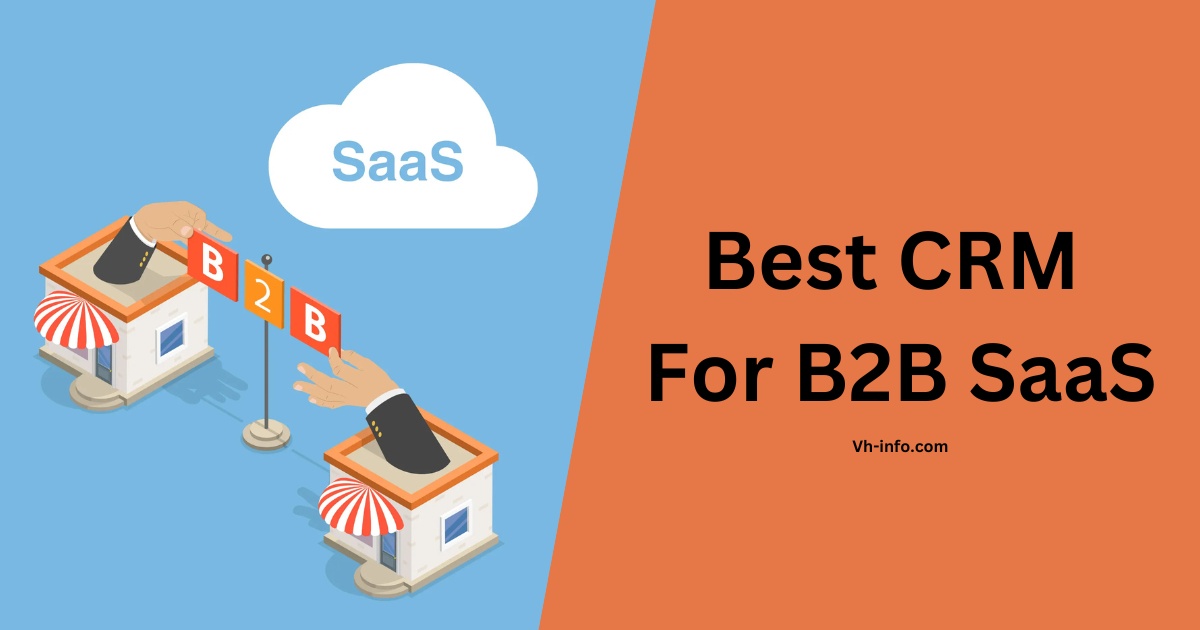
15 Best CRM For B2B SaaS in 2025 (Top Picks)
Selecting the best CRM for your B2B SaaS business is a pivotal decision that can significantly impact customer relationships, lead
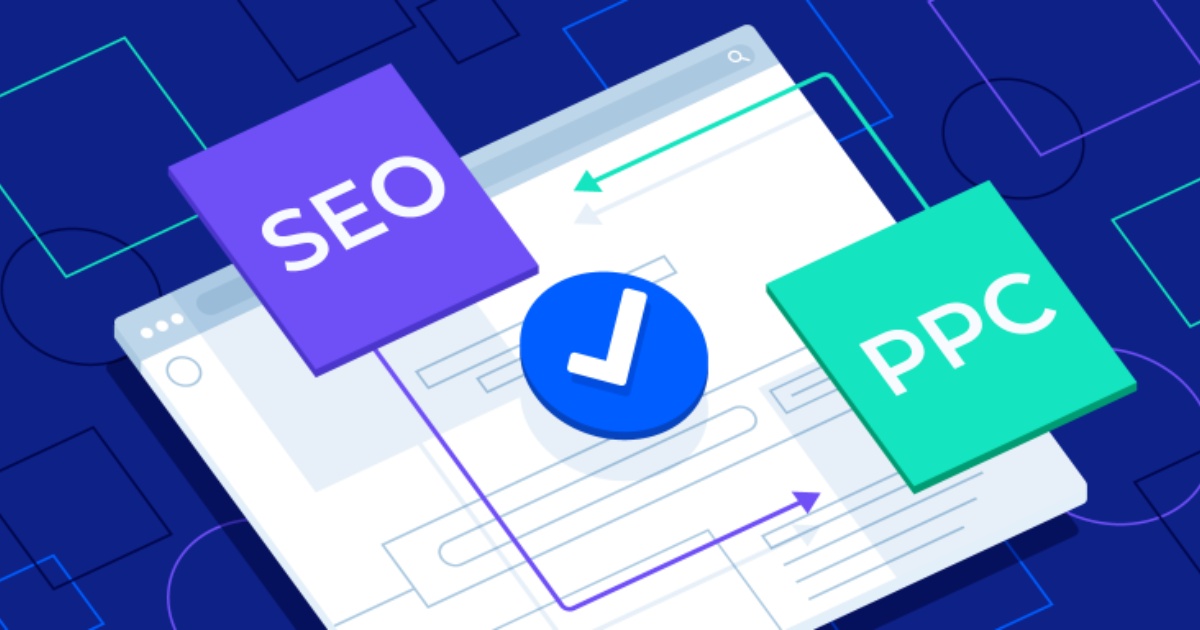
How to Make PPC and SEO Work Together: SEM 101 Guide
Many digital marketing teams debate the value of pay-per-click and organic search together. Some wonder if focusing on one channel
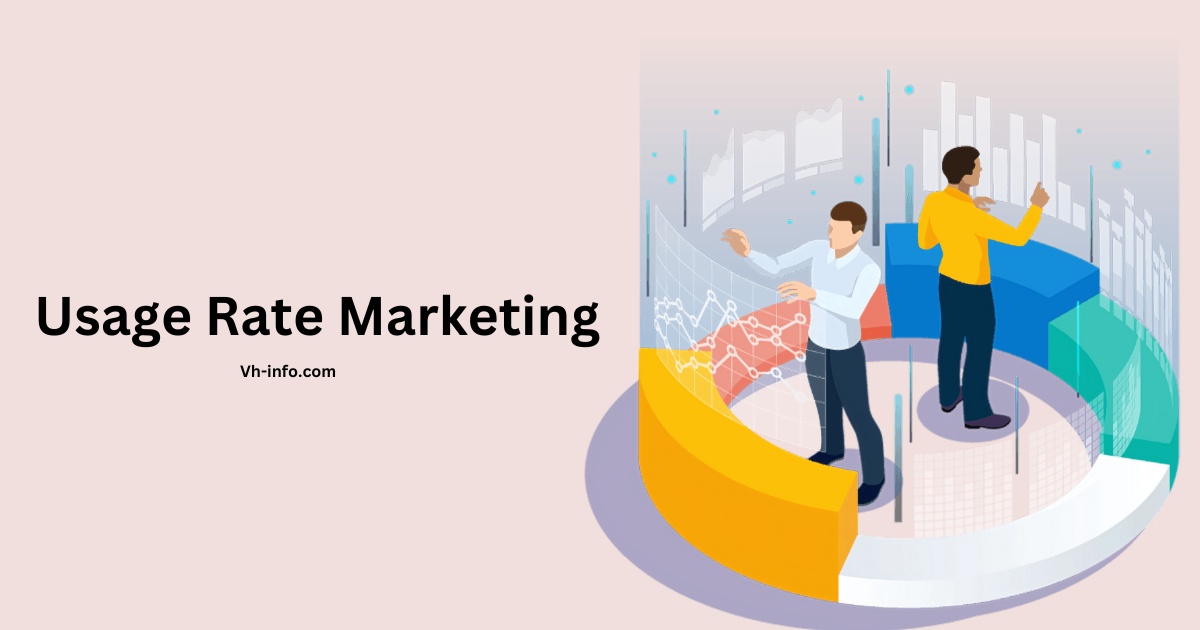
Usage Rate Marketing: Usage Rate Segmentation in SaaS & Best Tools
Many SaaS companies invest significant marketing efforts to draw much customers, yet some face challenges in keeping those individuals active

Reciprocal Links SEO: Meaning, Importance, Mistakes, Tools & Tips
Reciprocal linking often appears in discussions about digital marketing and search engine success. Many site owners see a reciprocal link
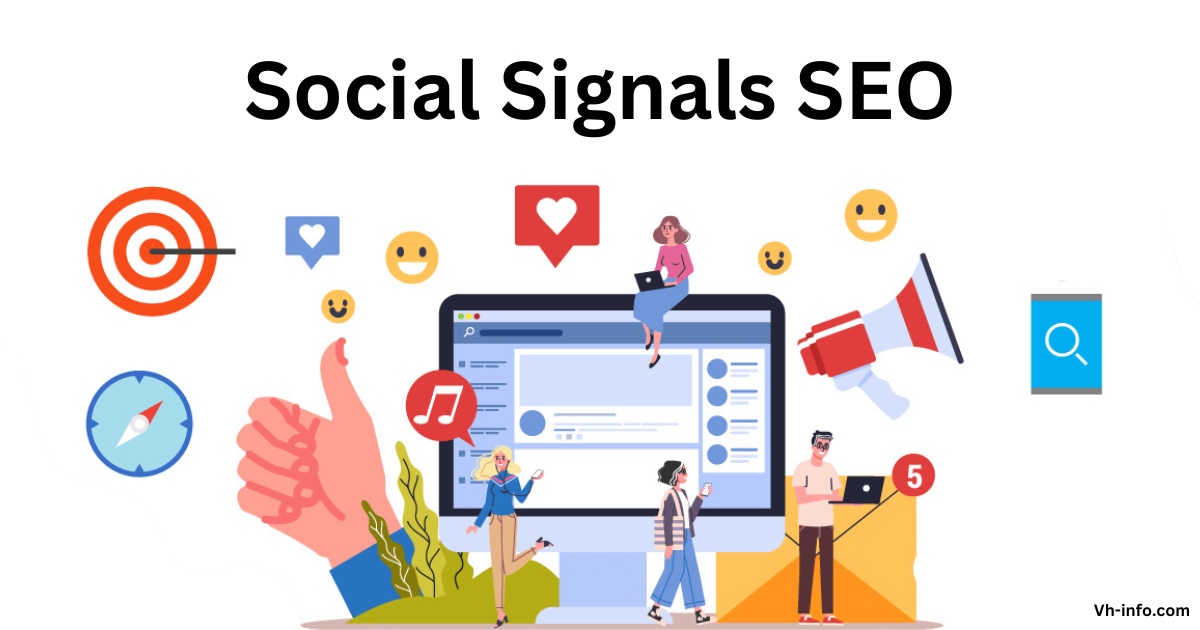
Social Signals SEO: Boosting Your Online Visibility & Rankings
In digital marketing, achieving prominent placement in search results is a primary goal for brands hoping to increase website traffic.
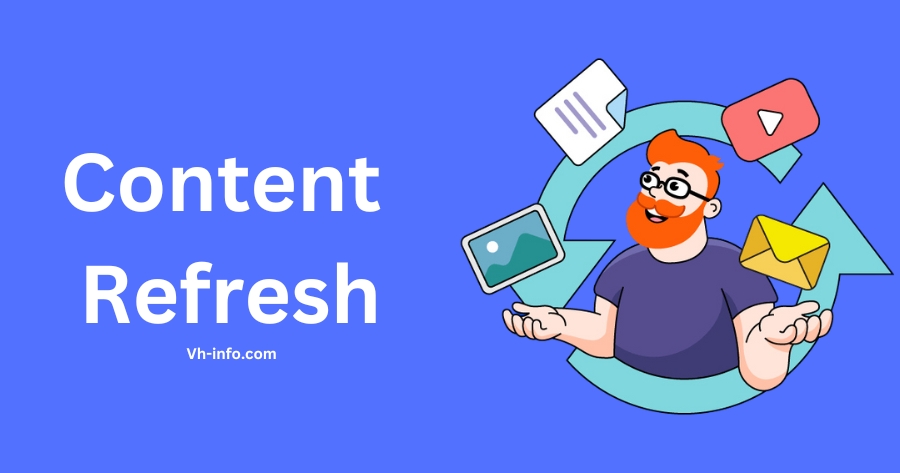
Content Refresh: Why it Matters & How to Get Better Results in SEO
If you create website content as part of your digital marketing efforts, you know how fast online information can become
WHAT WE
3rd floor, VHinfo, QRXG+CG9 Capital Market, Canal Rd, chokdi, Ravapar, Morbi, Gujarat 363641
VH-info © 2025 | All Rights Reserved